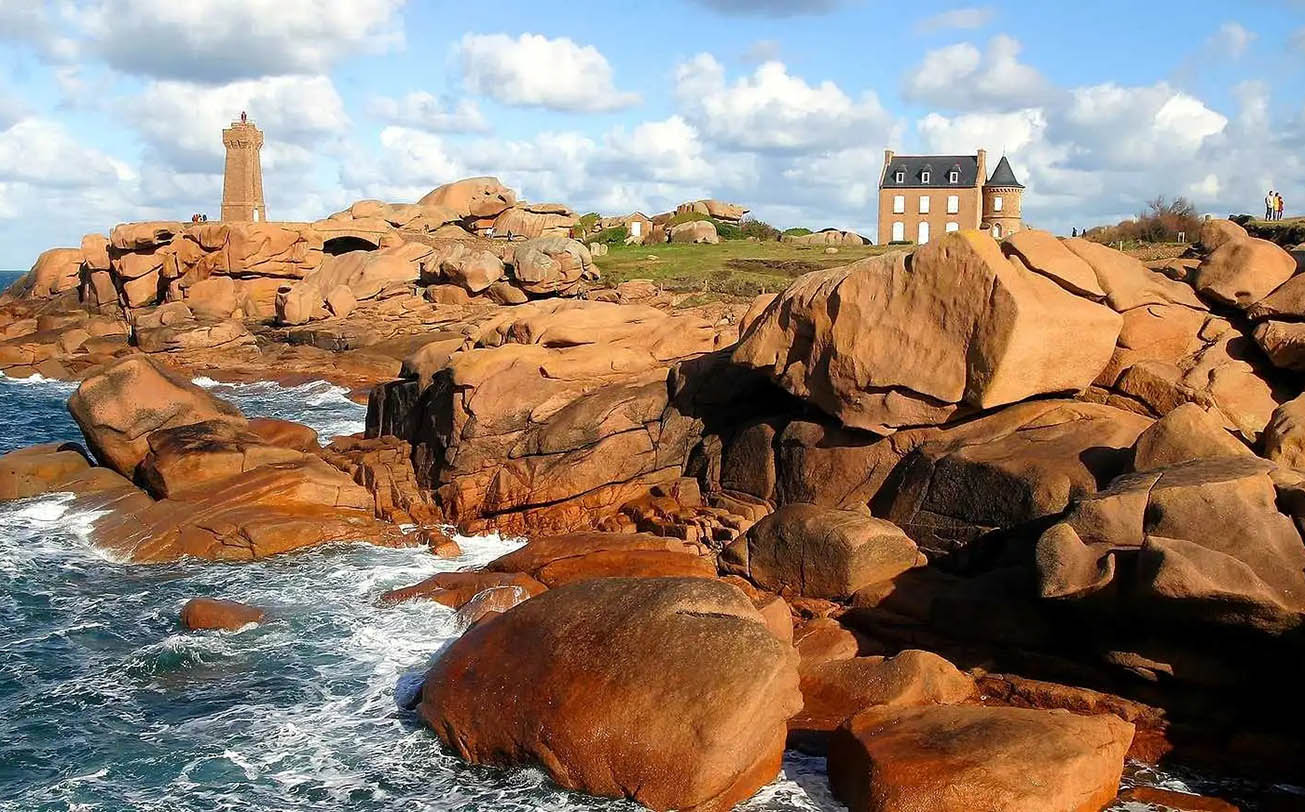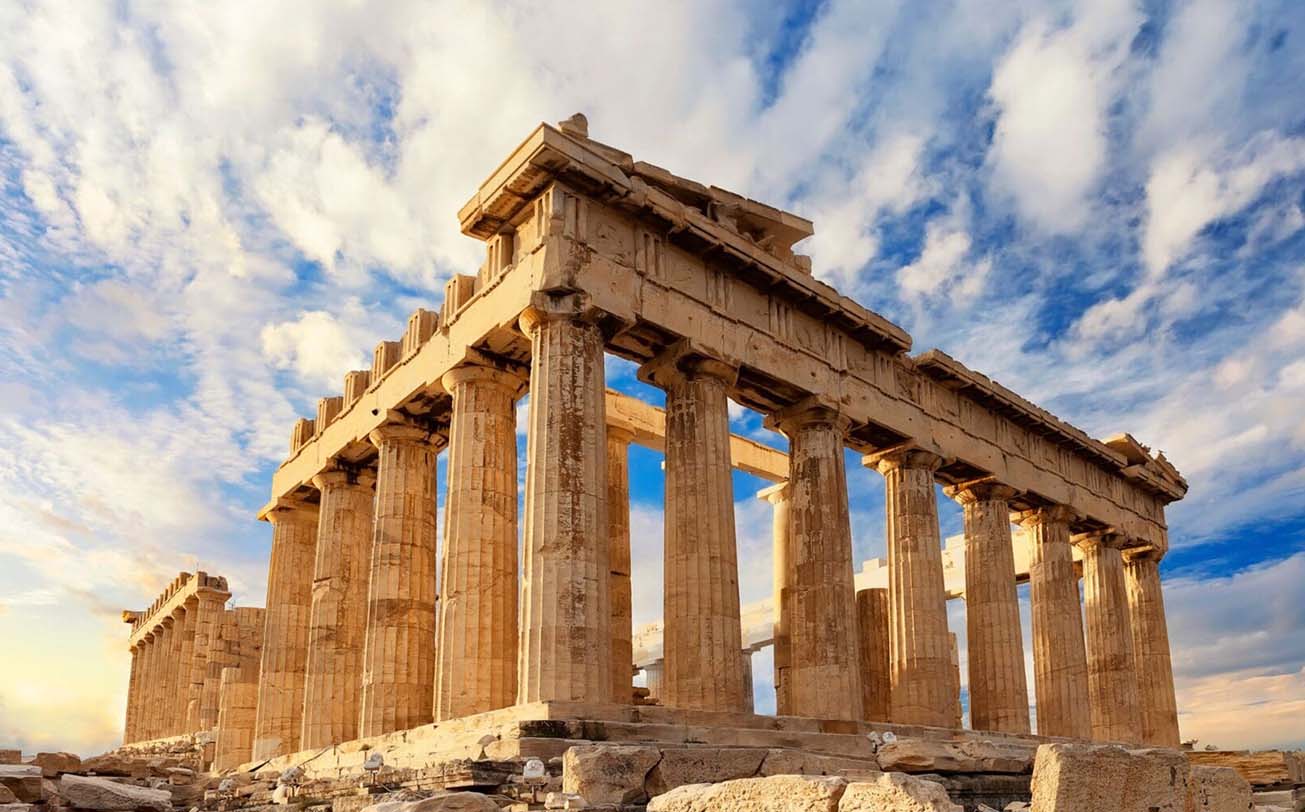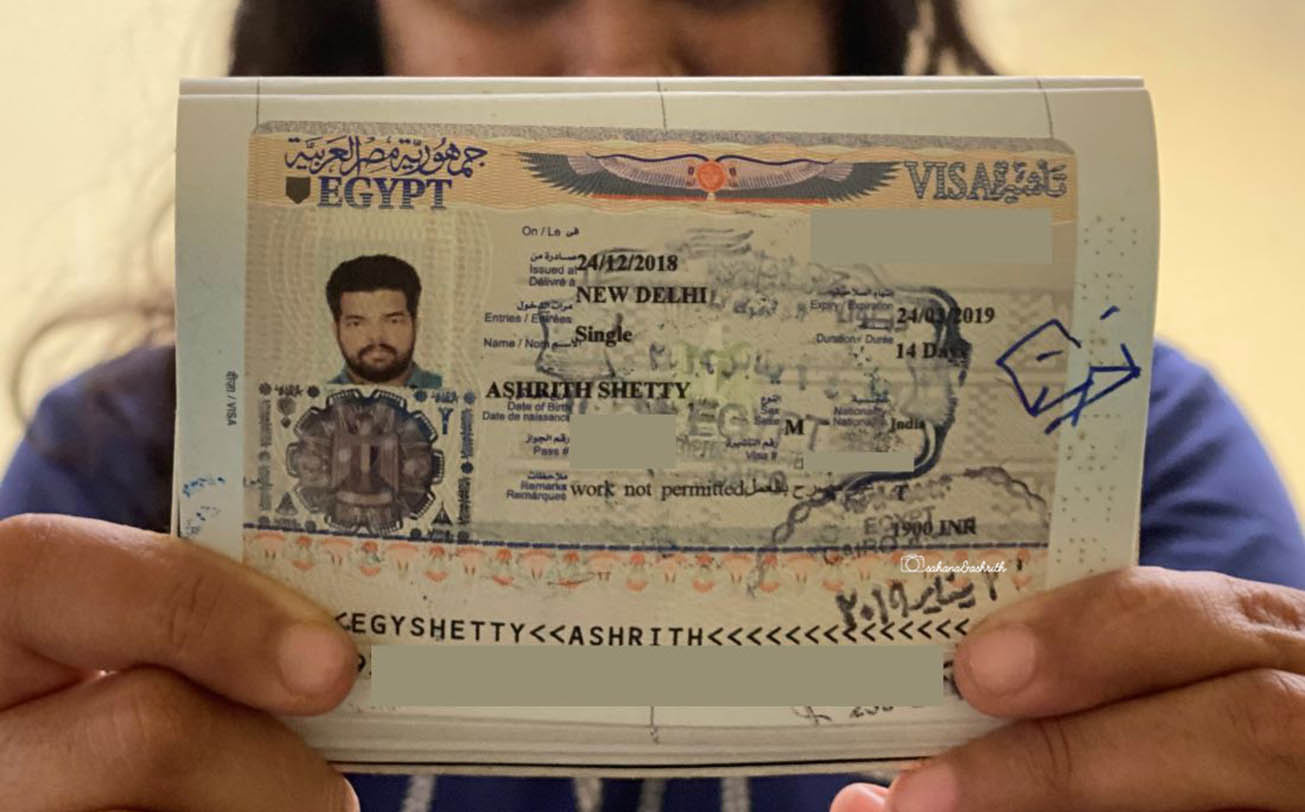Brittany is undoubtedly one of the most beautiful regions in France. With its dizzying cliffs, wild coves, and rocky chaos, it offers raw and fascinating nature. The cities are also remarkable, boasting considerable heritage and the rich cultural identity of the Bretons. I always enjoy returning there to explore new places and see familiar ones in a new light. Depending on the seasons, the weather, and the tides, the landscapes are in perpetual renewal. There are dozens, even hundreds of places to discover without any problem… But if we had to choose only 10, here is my selection! Very subjective, of course…
1. Saint-Malo
Let’s start this exploration of Brittany in the north of Ille-et-Vilaine, with the superb city of Saint-Malo. Fortified to protect against Norman and English invasions, this Malouine city has a rich maritime history. It’s the birthplace of the privateer captain Robert Surcouf, the explorer Jacques Cartier, and the travel writer François-René de Chateaubriand. To avoid the crowd, visit off-season or on a gloomy day… The gray skies and rough seas add even more charm to it.
Things to do in Saint-Malo: walk along the ramparts, visit the castle that houses the city’s history museum, enjoy the immense Sillon beach for water sports or land sailing, and relax with thalassotherapy treatments at the Thermes Marins.
2. The Pink Granite Coast
After Ille-et-Vilaine, let’s move to the neighboring department of Côtes-d’Armor, with the magnificent Pink Granite Coast. Located in the commune of Perros-Guirec, it is an exceptional natural site along the coast punctuated by large, rounded, and fantastical granite blocks. The pink color is due to the presence of iron oxide impurities. The most emblematic site is the Ploumanac’h lighthouse.
The best way to discover the Pink Granite Coast is to hike along the Customs Officers’ Path (GR 34). You can discover the Ploumanac’h lighthouse and superb beaches like Saint-Guirec beach or Trestaou beach.
3. The Crozon Peninsula
Heading further west to Finistère, which is the department in Brittany I have explored the most, and it is certainly overrepresented in this selection of must-sees (also read: the story of my road trip in Finistère). One of the wildest places is the Crozon Peninsula, a truly remote and wild area with unforgettable panoramas.
For paradisiacal coves with emerald water, go to the Pointe de Saint-Hernot. Walking along the coastal path, you can reach the beach of Île Vierge (be careful, it’s a bit steep, so good shoes are recommended). Another favorite spot is the Pointe de Dinan, with its impressive rocky formations and numerous magnificent viewpoints.
4. Pointe du Raz
Pointe du Raz is a somewhat mythical land’s end that every traveler dreams of discovering one day… However, contrary to popular belief, it is not the westernmost point of mainland France, which is actually the Pointe de Corsen in northern Finistère.
Given the popularity of the place, it is no longer very wild. There is a large parking lot and quite a few shops and restaurants, but they are set back from the point, as you have to walk about a kilometer along a long straight path. In the summer, I recommend going late to see the sunset. It’s a good idea to bring a picnic for dinner or an aperitif there!
5. Île de Sein
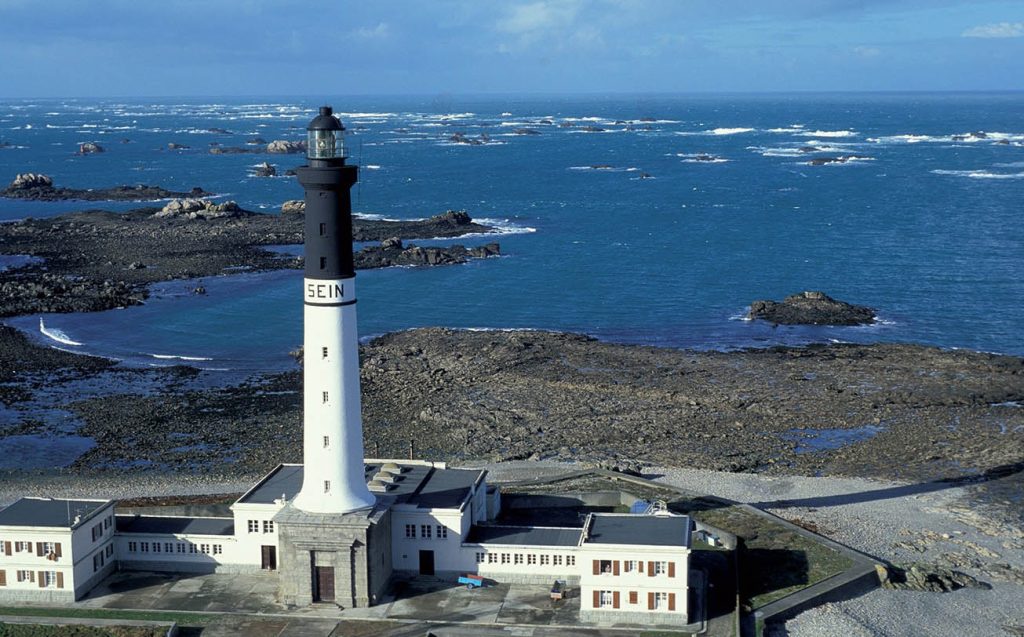
Just across from Pointe du Raz, Île de Sein is a true paradise. Measuring 1.8 km long by 800 m wide, it is best explored on foot. The wild and maritime landscapes are magnificent, and the colorful facades of the houses have a lot of charm. The island has 250 inhabitants year-round, known as the Sénans, who live off fishing and tourism.
The boat crossing departs from Audierne with the Penn Ar Bed company. Sit on the right side on the way there and the left side on the return: the boat passes by Pointe du Raz with the impressive Phare de la Vieille lighthouse.
6. Quimper
After indulging in sea and nature, return to city life with the discovery of Quimper, the charming capital of Finistère, also known as the “capital of French Cornwall”. The old town is very charming with its half-timbered houses and the elegant Saint-Corentin Cathedral.
I recommend visiting the Quimper Museum of Fine Arts, which exhibits numerous paintings by artists inspired by Brittany. Ideally, visit towards the end of your stay, so you can recognize the landscapes after seeing them in real life.
7. Concarneau
Surrounded by impressive ramparts, the town of Concarneau is one of the most visited sites in Brittany. It’s better to visit on a cloudy day to avoid the crowds… Built on an island in the middle of the harbor, the walled city is the historical heart of Concarneau. You can walk along the ramparts and explore Rue Vauban, which is lined with souvenir shops and restaurants. I recommend visiting the Fishing Museum, which includes an exploration of the trawler Hemerica, moored at the foot of the ramparts.
At the end of the walled city, you can take a ferry to visit the beaches on the other side of the town and the industrial port. Among the warehouses, there hides an excellent restaurant, La Coquille, much better than the somewhat touristy eateries in the city center.
8. Glénan Archipelago
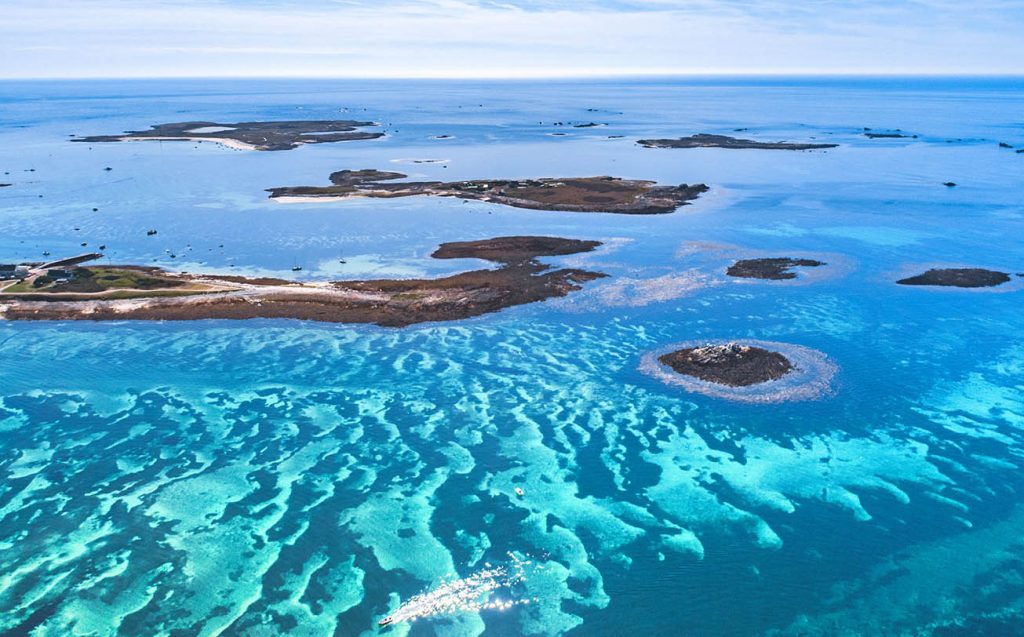
Welcome to the “Caribbean of Brittany”! That’s how the Glénan Archipelago, located off the coast of Concarneau, is nicknamed. Turquoise sea, white sand… The landscape resembles tropical latitudes, except for the water temperature, which is much cooler.
There are very few facilities on the archipelago, apart from those reserved for trainees of the Nautical Center, the most famous French sailing school. Remember to bring your picnic! The tour around the island is just over a kilometer. You’ll have time to relax on a beach, wander through the dunes, and admire the birds.
9. Saint-Cado
After these numerous stops in Finistère, let’s move on to the Morbihan department, which I must admit is the one I know the least about in Brittany. I would have liked to talk about the sublime Belle-Île-en-Mer, which I walked around about twenty years ago, but I lost my photos… Instead, I suggest discovering Saint-Cado, on the Etel estuary.
Connected to the mainland by a stone causeway, the islet of Saint-Cado offers a lovely walk between sea and land. The small fisherman’s house with blue shutters amidst the waters is one of the most photographed sites in Morbihan.
10. Rennes
It’s impossible to conclude this exploration of Brittany without a visit to its capital, Rennes, the capital of Ille-et-Vilaine and the regional prefecture. I had a real crush on its old town center with half-timbered houses.
Don’t miss visiting Saint-Pierre Cathedral, Thabor Park, the market at Place des Lices, the Museum of Fine Arts, and the Museum of Brittany. In the evening, head to Rue Saint-Michel, Rennes’ famous “party street,” for a lively and friendly atmosphere until the early hours of the morning.
Brittany is a region of France that captivates with its diverse landscapes, rich history, and vibrant culture. From the rugged coastline of Saint-Malo and the enchanting Pink Granite Coast to the tranquil islands like Île de Sein and Saint-Cado, each place offers a unique glimpse into Brittany’s natural beauty and maritime heritage.
Exploring the region’s cities such as Quimper with its medieval charm and Rennes with its lively ambiance completes the experience, showcasing Brittany’s blend of tradition and modernity. Whether you’re drawn to the wild allure of its peninsulas or the picturesque allure of its towns, Brittany promises unforgettable journeys and a deep appreciation for its timeless allure. Embark on your own adventure and discover why Brittany is a destination like no other.
